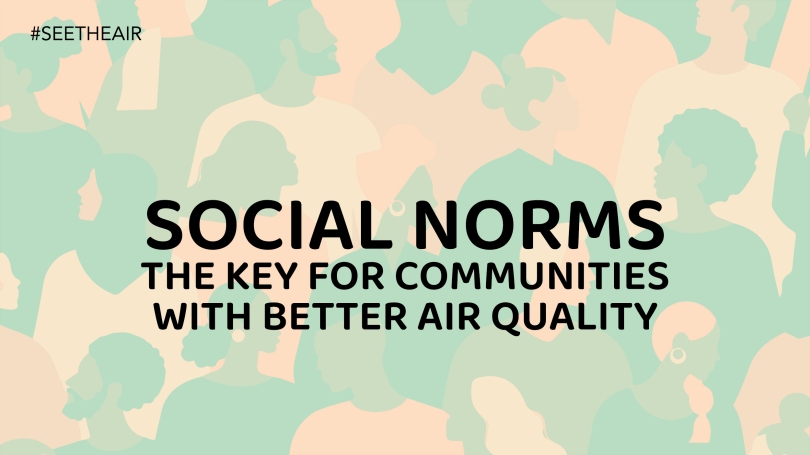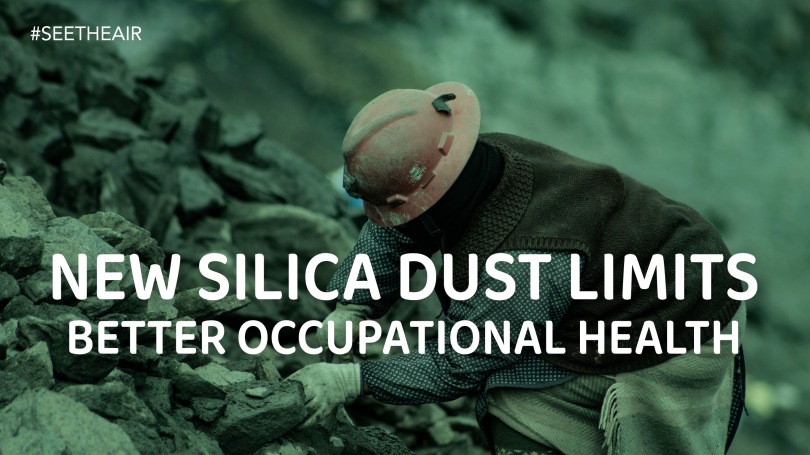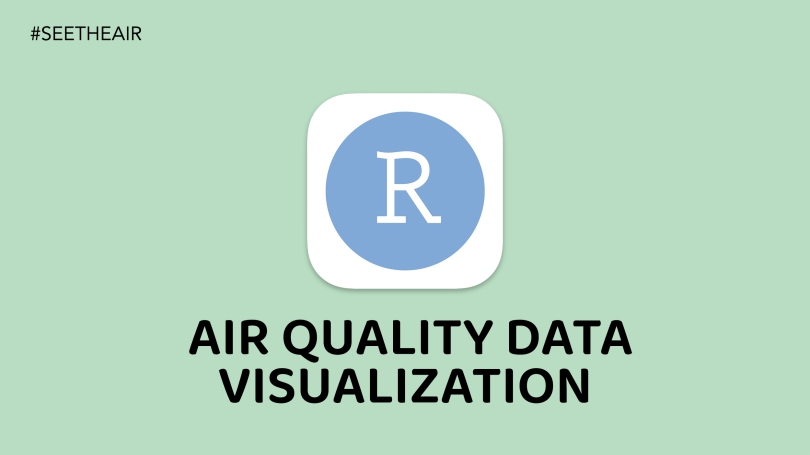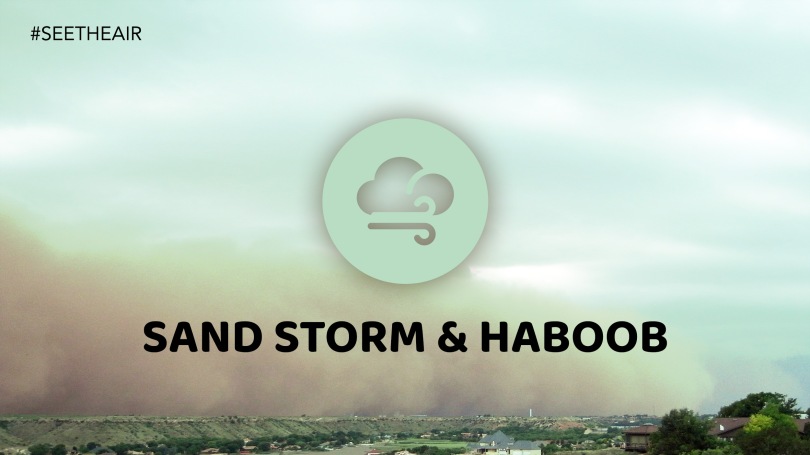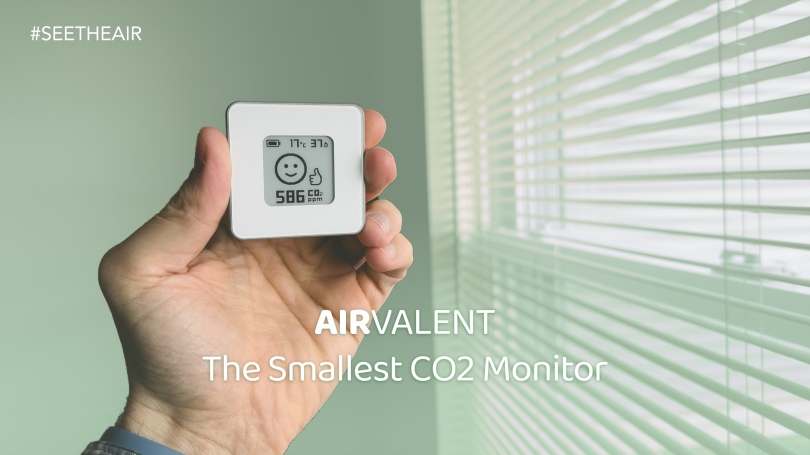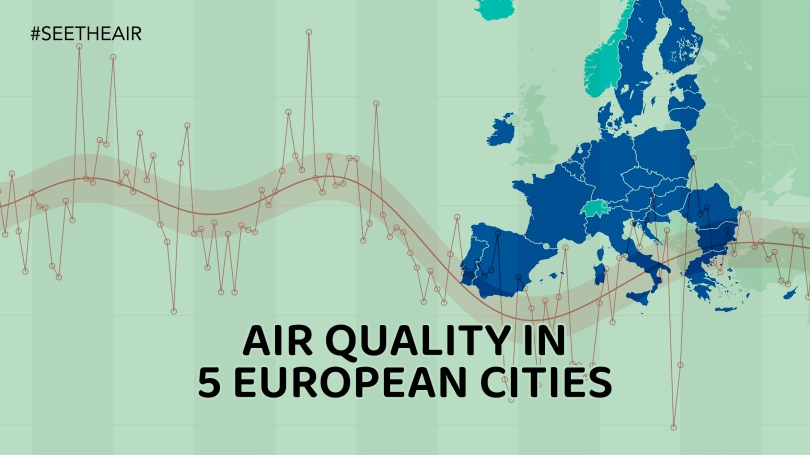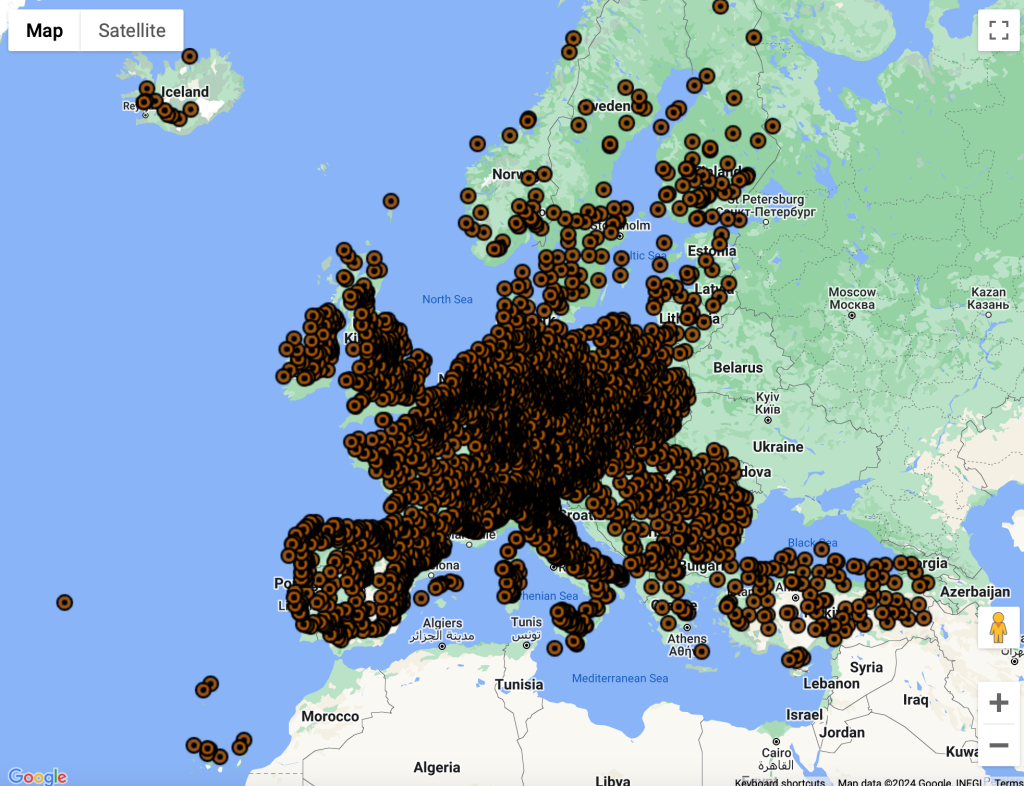Breathe Easy and Tinker Freely: A Review of the AIR-1 Air Quality Sensor for Home Assistant
For the privacy-conscious and perfectionist homeowners who crave customization, the AIR-1 Air Quality Sensor by Apollo Automation is a breath of fresh air (literally). This sensor goes beyond simply monitoring air quality; it empowers you to take control of your indoor environment.
A little background about Home Assistant: Home Assistant is an open-source home automation that puts local control and privacy first. Powered by a worldwide community of DIY enthusiasts. Think of it as Apple’s HomeKit with the ability for endless customizations.
Specifications
- Particulate Sensor
- CO2 Photoacoustic NDIR Sensor (Optional)
- Gas Sensor MOS Package (CO, NO2, C2H5OH, H2, NH3, and CH4) (Optional)
- TVOC Sensor
- Temperature and Humidity Sensor
- Barometric Pressure
- 3 RGB LEDs
- USB-C
- WiFi 2.4 GHz
- Bluetooth 5
All the specifications and sensor manufactures are listed here.

Built for the DIY Enthusiast
Unlike many smart home devices, the AIR-1 doesn’t lock you into a proprietary ecosystem. It leverages the open-source power of Home Assistant, giving you complete control over your data and how it’s used. This is perfect for those who want to tinker and integrate the AIR-1 into their existing smart home setup.








Unmatched Data Granularity
The AIR-1 isn’t shy when it comes to data. It tracks a wider range of air quality metrics than most sensors, including CO2, CO, VOCs, and multiple PM sizes. This detailed information allows you to pinpoint exactly what might be affecting your indoor air quality and take appropriate action. Keep in mind, that low-cost gas sensors have limitations as they are prone to cross-sensitivity.
Expandability at Your Fingertips
The modular design of the AIR-1 is a game-changer. You can build the device based on your needs with different sensor modules. This is a great way to keep costs down initially and tailor the system to your specific concerns.

Privacy First Design
With the AIR-1, your data stays local. There are no subscriptions or cloud dependencies. This means you can trust that your air quality information remains private and secure within your own home network. Users can download their data for further analysis with RStudio, MS Excel, etc.
Aesthetics Meet Functionality
The compact and sleek design of the AIR-1 ensures it blends seamlessly into any home environment. It’s small enough to be discreet but still provides clear and easy-to-understand color notification on its built-in LEDs array. By taking advantage of the Home Assistant you can control the LEDs not only based on sensor threshold but from other devices in your network. E.g. You can set the LED to blink RED color when CO2 or PM values are above the recommended, but you can also turn on the RGB LEDs when it is night and you want to illuminate the room or when any other sensor is triggered in your house.
My Thoughts
I like the design choices, especially the mesh that allows air from all angles to interact with the sensors. They don’t hide what is inside and air quality sensors need as much ambient air as possible to work properly.
This product is not for everyone though as it requires a Home Assistant server that can run on a cheap Raspberry Pi, on your computer, or a plug-and-play Home Assistant device. It is an additional cost if you don’t have one, but it is worth the investment if home automation is important to you.
I didn’t do any sensor comparison tests because I have already evaluated these sensors. They are suitable for this application.
The people behind the product know very well how IoT systems work and what is needed for a useful product, in this case, an indoor air quality monitor that doesn’t compromise.
The Verdict
If you’re looking for a powerful, customizable, and privacy-focused air quality sensor for your Home Assistant setup, then the AIR-1 is an excellent choice. Its detailed data, modular design, and open-source integration make it a perfect fit for the DIY-savvy homeowner who prioritizes both clean air and control. AIR-1 is the definition of a modern IoT.







